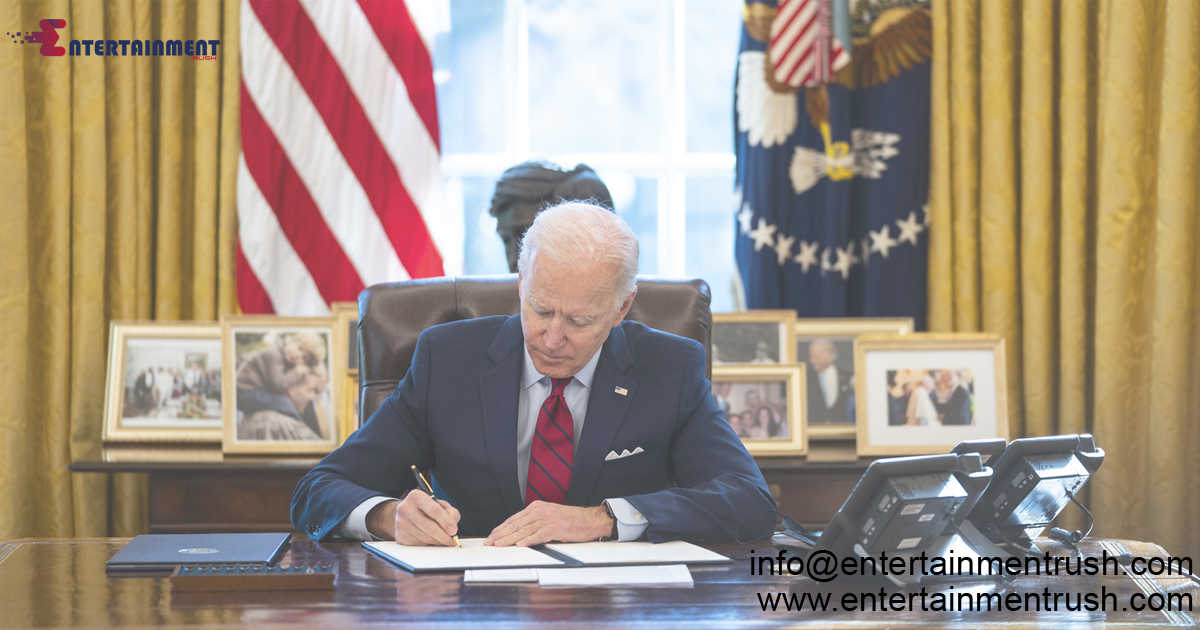The recently signed fiscal year 2024 spending bill has stirred a mix of relief and measured expectations within the higher education community. As the legislative landscape unfolds, this bill stands as a pivotal document, shaping the financial trajectory and opportunities for institutions and students alike. Let’s delve into the nuances and implications of this comprehensive legislation.
Allocating Funds: ED’s Budget Breakdown
In a strategic move, the spending bill designates $79.1 billion in funding for the Department of Education (ED). This figure, while representing a decrease of $500 million from the previous fiscal year, holds steady for crucial programs. Notably, the Pell Grant program maintains its support, with the maximum award fixed at $7,395. Furthermore, the bill shields the Federal Work-Study and Federal Supplemental Educational Opportunity Grant programs from the slashes proposed by House Republicans.
Insights from Emmanual Guillory
Emmanual Guillory, ACE senior director of government relations, provides valuable perspectives on the bill’s impact. In an interview with Inside Higher Ed, Guillory reflects on the funding levels, noting their alignment with the expectations of the higher education community. “We’re pleased to see that there weren’t further cuts, but we are continuing to advocate for necessary increases, particularly in areas where there is no adjustment for inflation,” Guillory remarked. “Nevertheless, we are observing a general maintenance of current funding levels. In a regulatory climate such as the present one, that can be considered a positive outcome.”
Exploring Key Highlights Compared to FY 2023 Budget
Let’s break down some of the pivotal changes and allocations within this spending bill, offering insights into its impact on various programs: Historically Black Colleges and Universities (HBCUs), Tribal Colleges and Universities (TCUs), and Minority Serving Institutions (MSIs) witness a collective increase of $7.5 million, underlining a commitment to diversity and inclusion in higher education. The Strengthening Institutions Program experiences a $10 million decrease, raising questions about the future support for these vital institutions. Funding for international education and foreign language programs holds firm, recognizing the importance of global perspectives in today’s interconnected world. The Fund for the Improvement of Postsecondary Education sees an overall reduction of $13 million, prompting discussions about the future direction of improvement initiatives. Federal TRIO programs continue their essential work with a steady allocation of $1.19 billion, supporting students from disadvantaged backgrounds. Programs such as Child Care Access Means Parents In School ($75 million), Graduate Assistance in Areas of National Need ($23.55 million), and Gaining Early Awareness and Readiness in Undergraduate Programs ($388 million) maintain their funding levels, ensuring vital support for students at various stages of their academic journeys. The National Institutes of Health (NIH) receives a substantial increase, with $48.6 billion in funding, reflecting a $300 million boost from the previous fiscal year. Additionally, a provision of $1.5 million for the Advanced Research Projects Agency for Health maintains the funding level from fiscal year 2023, highlighting a continued investment in cutting-edge health research.
Looking Ahead: Advocacy and Future Initiatives
As the ink dries on this spending bill, the higher education community sets its sights on the future. While the funding landscape appears stable, the call for more substantial increases in critical areas grows louder. The provisions of this bill serve as a snapshot of current priorities and allocations, setting the stage for ongoing discussions, advocacy efforts, and innovative initiatives within the higher education sector. The FY 2024 spending bill is more than just numbers on a page; it represents the commitment to educational excellence, accessibility, and innovation. As students, educators, and institutions navigate the evolving landscape, the impact of this legislation will reverberate through classrooms, research labs, and communities across the nation.




Leave feedback about this